Decorative pillowcases: design ideas and instructions for making a product
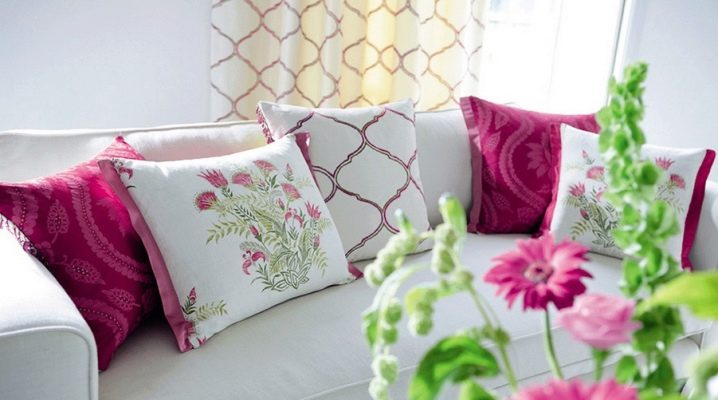
Modern home design is represented by various types of decor, but textile decoration of premises is very popular among them, so in many rooms you can find such an important and multifunctional item as a decorative pillow. In order for this element of the interior to originally fit into the overall style and fill the space with coziness, most home owners prefer to make pillowcases on their own. Decorative furnishings of soft products can differ in texture, have both neutral and bright colors, and also be characterized by an unusual creative approach to execution.
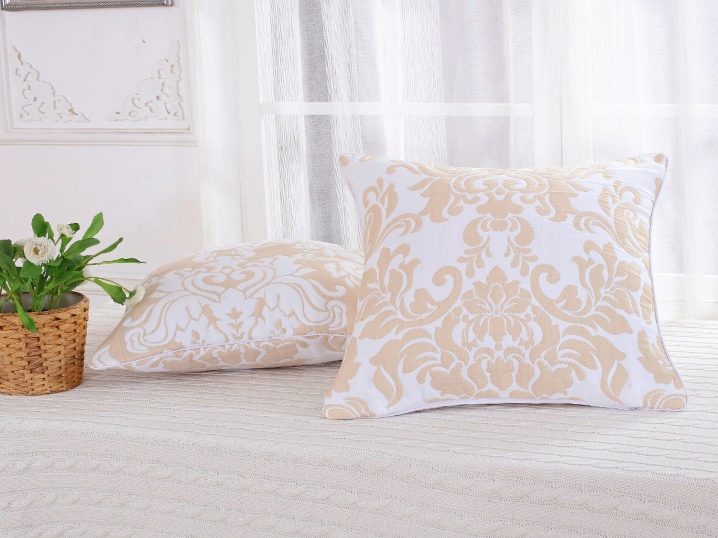
Product manufacturing methods
Do-it-yourself decorative pillowcases have a special chic, they breathe home comfort and coziness. Today, decorations for cushions can be decorated in various ways, using any material for this. Several variants of covers are in great demand among designers.
- Knitted. Such products are characterized by lightness and look perfect in the Scandinavian style. Textured crochet with neutral shades is an interesting addition to the seating area. Pillowcases in bright colors will help fill the interior with the desired color accent, contrasting pillows are usually placed on the sofa and armchairs. Decorations related to wool look especially beautiful. Pillows decorated in the form of sheep can cheer you up and dilute the gloomy colors of the interior.


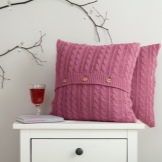
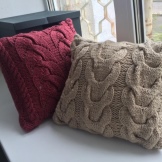
- Stitched. In this case, the sewing of covers is performed from cotton and linen fabrics, which are decorated with delicate lace or pom-poms. Products are easy to sew with your own hands, this type of needlework is suitable for those women who do not have to knit. The technique of work is simple, so even novice craftswomen can cope with it. The result is an unusual decor for room design.
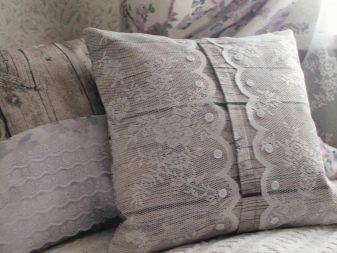
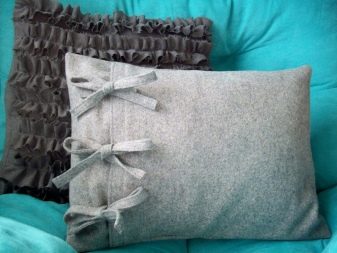
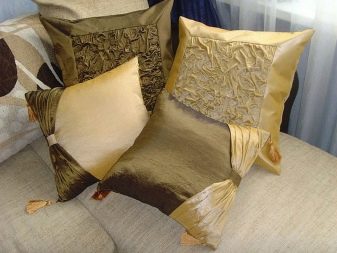
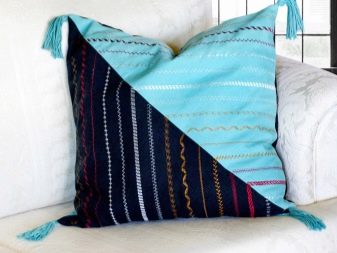
- Embroidered. They are great for the interior of rooms in which a certain theme is present. In this case, pillowcases are sewn from any fabric that serves as a base. The decor is carried out using embroidery with braid, threads, ribbons, rhinestones and beads. In addition, on the covers, you can place applique elements from available tools. Typically, for decorative pillowcases, a style is chosen with the image of geometric shapes, flowers, plants and abstract patterns.
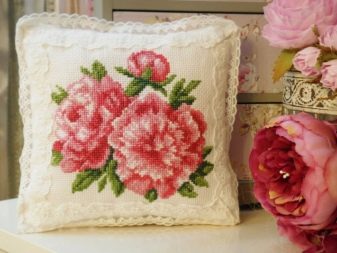
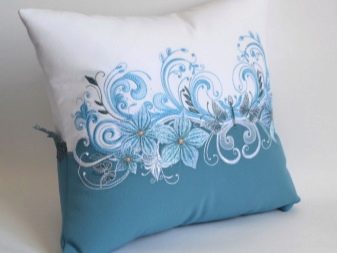
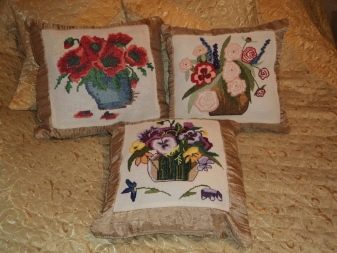

Button applique deserves special attention; it is considered the simplest type of decor that can be done together with children, developing their creativity. Buttons are usually sewn on or glued on. To make pillowcases look stylish and luxurious, it is best to decorate them with colored sequins, beads and rivets. Such pillows are used only as decorative items, since they are inconvenient to use.
- Combined. To make the pillowcases multifunctional, it is recommended to sew them from different patches. This manufacturing method is used to decorate rooms in the patchwork style. Rationally used leftovers of colored fabrics allow you to create unusual pillowcases that complement the interior with home warmth. Most often, craftsmen prefer to combine plain fabrics with transparent lace, they look neutral in any design.If it is necessary to emphasize the atmosphere of the room in an original way, then you can choose patchwork sewing with a black and white print.

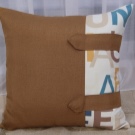
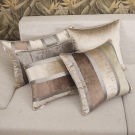
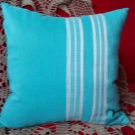
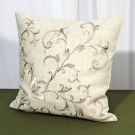
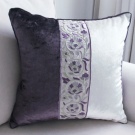
- Drawn. These pillowcases are a great decoration for pillows placed on upholstered furniture in children's rooms. Thanks to the special drawing technology, you can get exclusive products. Color images are applied to textiles both manually and technically. Screen printing is very popular, during which interesting patterns and drawings are applied to fabric blanks in the form of words, figures, letters and leaves with flowers.
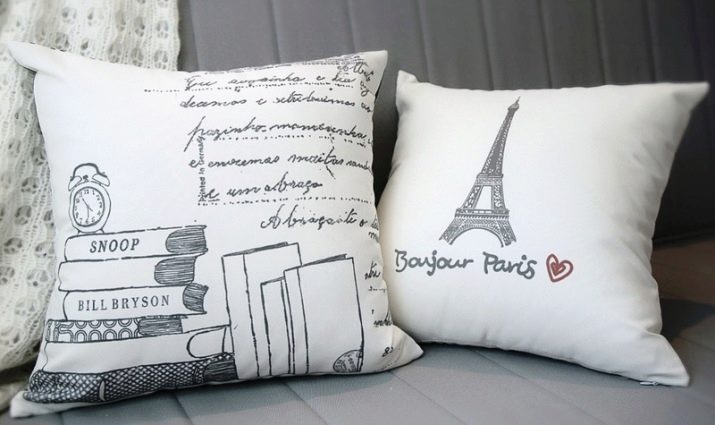
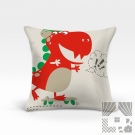
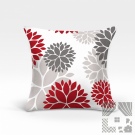

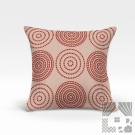
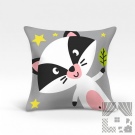
- From old things. If you open the closet, you will find a lot of out-of-fashion clothes in it. Such things do not need to be thrown away in a hurry, as they will become a good basis for sewing decorative pillowcases. The main advantage of this type of manufacturing is that it is absolutely cost-free, because you can get a stylish cover from an old sweater, shirt or dress.


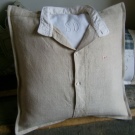
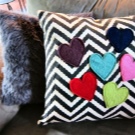


Important! To choose the appropriate method for creating beautiful pillowcases, you need to take into account the static characteristics of the room in which you plan to place the decor item, as well as correctly calculate your skill skills.
Material selection
Decorative pillows can be put into pillowcases made of various materials, but in order for them to harmoniously complement the interior of the room, it is important to pay special attention to the choice of fabrics from which the products are sewn.
- For the design of bedrooms, it is recommended to make linen pillowcases... This is a natural fabric characterized by high quality and environmental friendliness. Linen covers also do not cause allergic reactions, wash well and breathe well, but they are expensive to sew. Decorative pillowcases made of satin, calico and chintz are considered a more economical option for bedrooms; they are often decorated with embroidery and applique. This fabric is cheap, looks good, but wears out quickly.
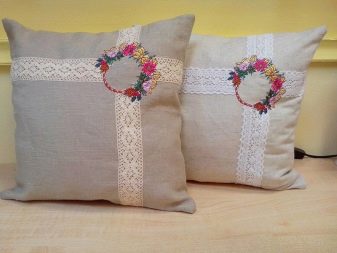
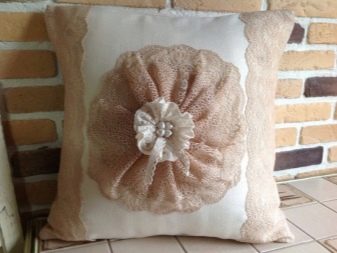


- For pillows that will serve as a decorative function in living rooms and halls, it is recommended to choose pillowcases made of dense upholstery fabrics... Products that adorn tapestry covers look great in the recreation area. Depending on the design of the room, they can be supplemented with decorative elements such as ribbons, braids, beads and rhinestones. In addition, decorative pillowcases made of genuine leather and fur look interesting in the interior of living rooms.
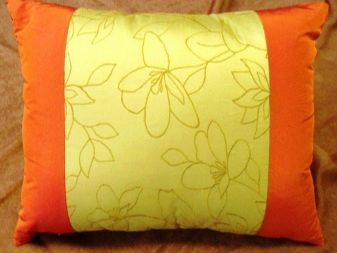

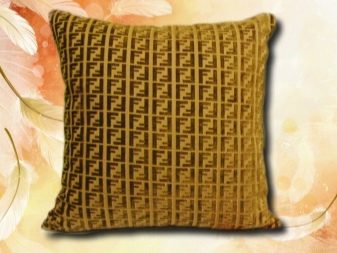
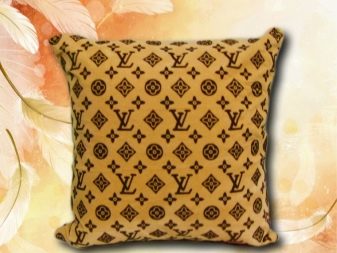
- As for children's rooms, it is customary to decorate them with bright and colored pillows, so it is good for a stylish and contrasting decoration suitable for cotton, knitwear, wool, brocade and jeans... Thanks to the original combination of these fabrics, unusual compositions can be created.
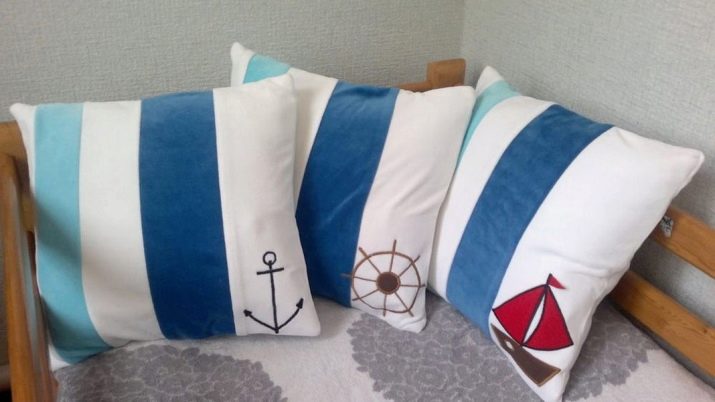
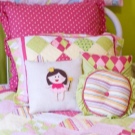
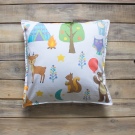
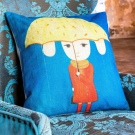
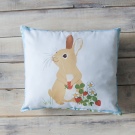
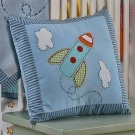
Important! When choosing a material for a decorative pillowcase, you should also take into account the tailoring and dimensions of the pillow. It is advisable to select the fabric according to the width, which will avoid trimming.
Size options
Pillows can have different shapes and sizes, so when making decorative covers for them, you need to take these features into account. In many houses, you can find huge down pillows 60x60 and 70x70 cm in size. They were inherited from Soviet times and are included in the classic bedding set. Usually such oversized products are used for sleeping, but this does not mean that they should have a modest decoration. In this case, it is recommended to decorate pillowcases with openwork inserts or delicate embroidery.
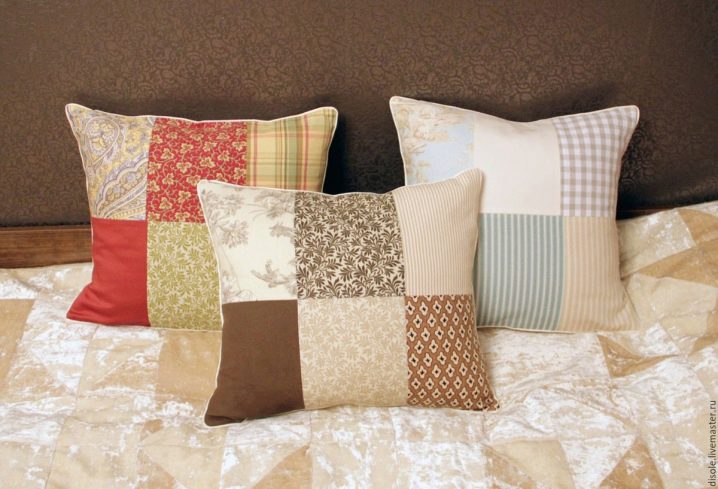
Pillows, which are used as decor and are placed in the seating area on sofas and armchairs, are usually sewn in small sizes. Such products can be either square or rectangular. Therefore, when creating pillowcases for rectangular products, it is worth considering that they will have proportions and have a difference in sides of 20 cm.The most popular sizes of such pillows are 40x60 and 50x70 cm.
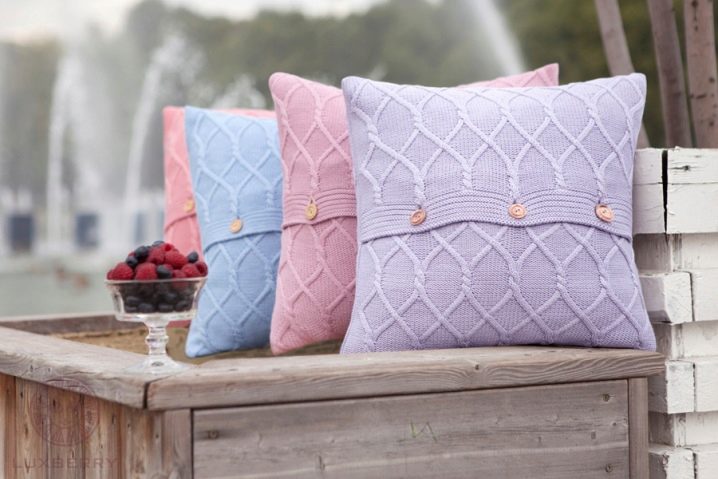
As for the square models, they can be 40x40, 45x45 and 50x50 cm in size. These pillows require small and stylish pillowcases.Covers for soft goods are usually designed in different themes. It can be appliques with romantic inscriptions of the names of lovers, delicate satin and lace inserts, as well as an abstract print.
Design ideas
The production of decorative pillowcases involves the use of various designs. Therefore, before starting needlework, it is necessary to decide on the style of the composition, be sure to take into account the peculiarities of the interior of the room, the color palette of finishes, the material of sewing and the technique of applying the decor. Recently, beautiful pillowcases designed in shabby, retro and Provence styles have become very popular. Covers with an oriental theme look no less interesting. The base for pillowcases is usually sewn from natural fabrics, then they give it the desired shape and decorate with images of flowers, animals or fairy-tale heroes.
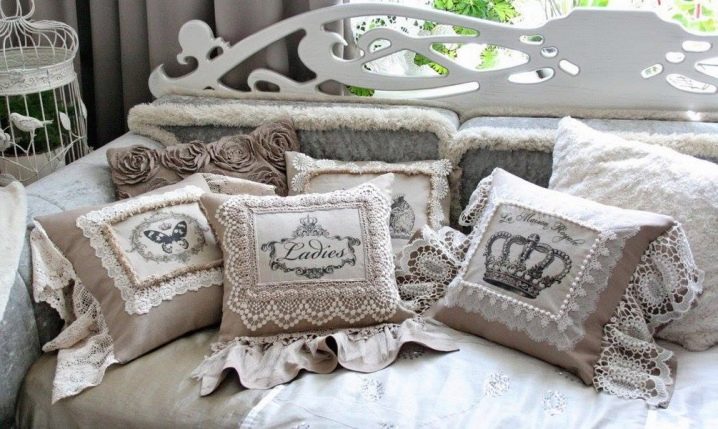
Pillowcases for classic sofa cushions are available in rectangular and square shapes. If the interior provides for the use of geometry, then they can be replaced with triangular, oval or round. Heart-shaped pillows are also considered an interesting option; they are usually decorated with colored ribbons and bows. For living rooms, you should choose models of covers with embossed decor. Graceful bows, puffs, fringes and ruffles will help smooth out the strict lines in the interior. In addition, pillowcases can be complemented with elements such as oversized appliqués and weaving. This cushion finish has a stunning effect, and any materials at hand can be used to create an exclusive masterpiece.
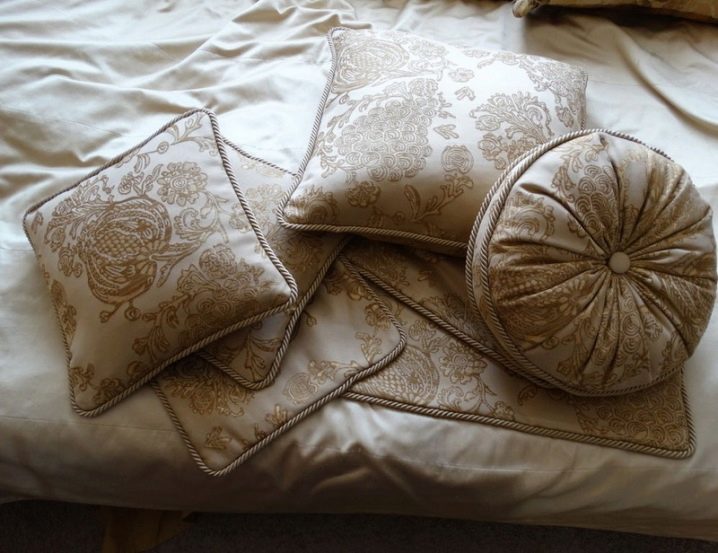
For the owners of the house who have a romantic nature, the interior of the rooms is suitable, where pillows decorated with shabby chic pillowcases will be present. Outwardly, the decor may seem simple, but the embroidered fabrics make the soft cushions cute and delicate. These pillowcases add warmth, lightness and real coziness to the room. Most often, such a design is chosen for decorating children's rooms in which little princesses live. Adult girls also like this decor, because it is easy to create it with your own hands using satin roses, ruffles, lace and pom-poms. To fill the baby's room with an atmosphere of care and love, designers recommend sewing pillows in the form of toys, they will be adequately decorated with bright and original pillowcases. For a pattern of matter, you can use both standard patterns and choose ideas, thanks to which a soft product will turn into a cute animal or a fairy-tale hero. Decorative pillowcases, knitted of yarn in the form of owls, seals and bunnies, look beautiful.
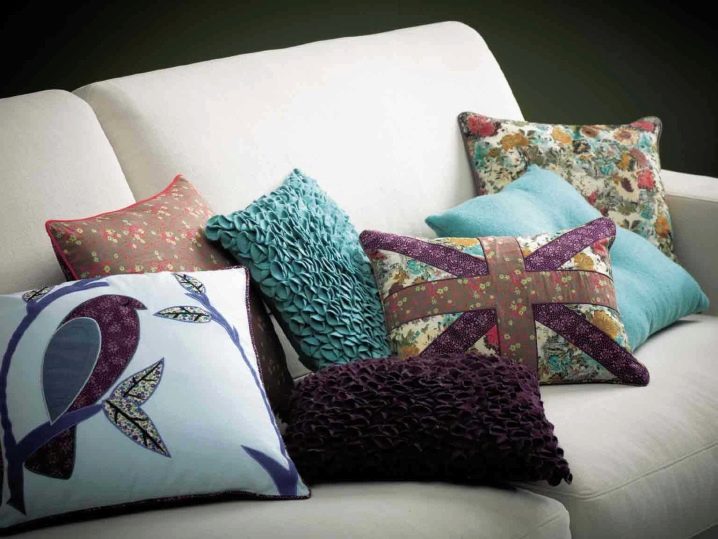
How to do it yourself?
Sewing a decorative pillowcase does not require special skill and financial costs. To make a beautiful decoration, it is enough to decide on the style and prepare the necessary material. In addition, many psychologists believe that joint needlework can bring all family members closer together. Therefore, it is recommended to sew with children. This will help reveal their creative talent, and the daughter and mother will be able to closely communicate and share their secrets during the decorating process.
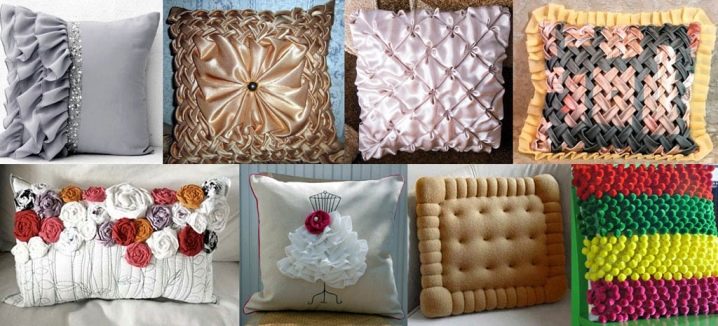
After the design of the pillowcase is selected, you need to start the pattern. To do this, prepare the fabric and all tailoring accessories. The work is carried out using a sewing machine, needles and threads and scissors. The markings on the fabric are applied with a special chalk or pencil. Before the fabric is opened, measurements of the future pillowcase are carried out, its dimensions are transferred to the fabric, leaving a small "margin" for the seams.
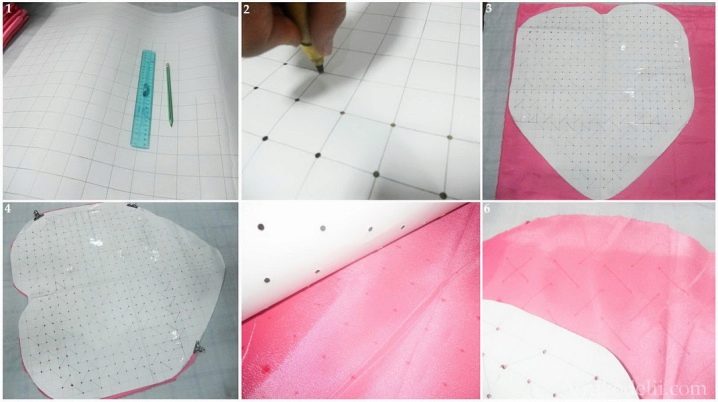
Cutting of decorative products is usually carried out along a transverse thread, but sometimes craftsmen also make it along a shared thread. The fabric must be selected correctly so that few scraps are left during sewing. If the pillowcase is made of cotton material, it must be taken into account that it may shrink during washing, therefore, the dimensions are slightly increased during cutting.All the details of the pattern are neatly cut out, they are laid out with the wrong side up. Then the elements along the seam are fixed with pins and the sewing process begins.

Decorative pillowcases are best sewn with a sewing machine, but if it is not in the house, then the details are sewn with a needle and thread. Further, the fastener is formed, both buttons and "classic zipper" can be suitable for it. If you plan to make a pillowcase with a perfumed smell, then you need to leave a small allowance on one of its sides. After the base is ready, you can safely proceed to the most interesting stage of needlework - decoration. Decorations are applied using various techniques, using bright prints, beads, appliqués, beads or ribbon embroidery.
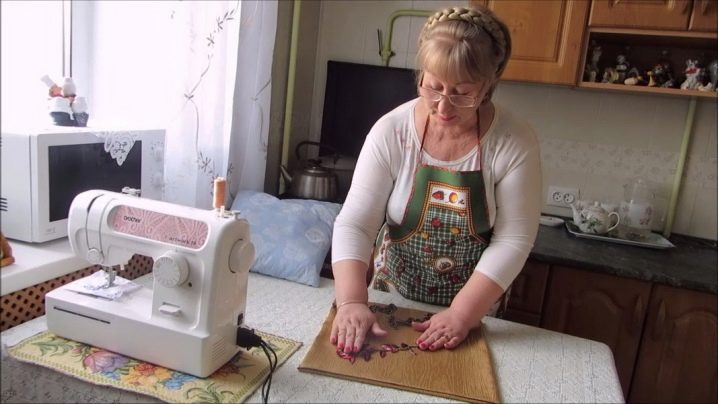
Useful Tips
Recently, many housewives prefer to create original decor items with their own hands, and pillowcases are no exception. They can be decorated with various materials to add style and chic to the product. To make the design process quick and easy, a novice craftswoman should take into account several recommendations of specialists.
- Knitted pillowcases look spectacular and beautiful, but often turn out to be impractical due to the wrong yarn. These pillows can stretch over time and lose their original look. To avoid this, it is necessary to purchase high-quality threads that are resistant to washing and fading. If there are no knitting skills, then the covers are best sewn from silk fabrics.

- Many apartments have pets such as cats and dogs. In this situation, the pillows need to be decorated with durable furniture fabric, since puffs from the claws can remain on the velor, velvet or fleece pillowcases.
- For the interior of premises where small children often play and family gatherings take place, it is advisable to sew pillow covers made of linen, cambric or satin. This material is inexpensive, easy to wash and does not cause allergic reactions. In addition, a damaged pillowcase that cannot be cleaned of stains can be replaced with a new one without regret.
- For young dressmakers who have no experience in sewing, the first work should be started with fabrics that “do not fray”. Since, due to the lack of a high-quality overlock, the edges of the product can quickly disperse at the seams.

- If the design of the pillow provides for the application of applications to the fabric, then the blanks must be washed in warm soapy water before decorating. If this is not done, the appliqué on the pillowcase may pull the fabric down when finished. This also applies to color compositions, which after the first wash will change colors, as a result, a dirty gray image may remain from pink flowers. Therefore, before starting the design, it is necessary to wash both the base of the pillowcase and all the details of the appliqués.
- Decorative pillowcases made of combined fabrics are very popular. But to create them, it is important to take into account the characteristics of each material. For the base, it is best to use knitted fabrics that are capable of stretching, and choose auxiliary elements from fringe, velor and openwork ribbons.
For information on how to make decorative pillowcases with your own hands, see the next video.













The comment was sent successfully.